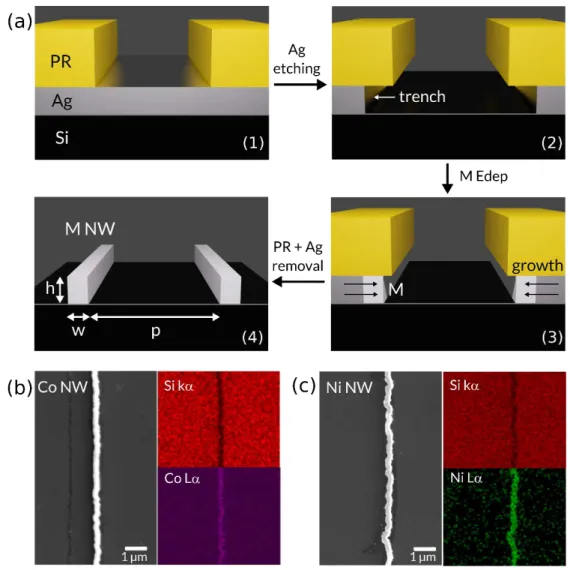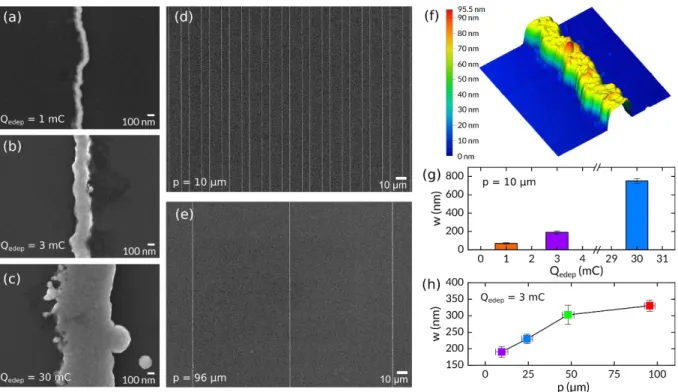Custom plating of nanoscale semiconductor/catalyst junctions for photoelectrochemical water splitting
Texte intégral
Figure




Documents relatifs
The existence of this solution is shown in Section 5, where Dirichlet solutions to the δ-Ricci-DeTurck flow with given parabolic boundary values C 0 close to δ are constructed..
Thus semantic connection should replace semantic value as the principal object of semantic enquiry; and just as the semantic evaluation of a complex expression is naturally taken
(9) Next, we will set up an aggregation-diffusion splitting scheme with the linear transport approximation as in [6] and provide the error estimate of this method.... As a future
The explicit second order difference gauge method was used on a standard 513x768 grid and the free stream boundary condition was used at the far-field.. We also computed and plotted
The main conclusion from the analysis presented in this paper is that the numer- ical error in the projection method has the same structure as in the semi-discrete case (analyzed
We shall see that this phenomenon coincides with an omnipresence of time in society where individuals, confronted with more time, in an ever more disturbing world, find refuge
We proposed a novel metric, based on a simple structure from factor analysis, for the measurement of the interpretability of factors delivered by matrix de- composition
Furthermore, moving the alkali cati- ons, the use of large hydrophobic organic cations such as tetramethylammonium cations (TMA + ) was found to greatly reduce
